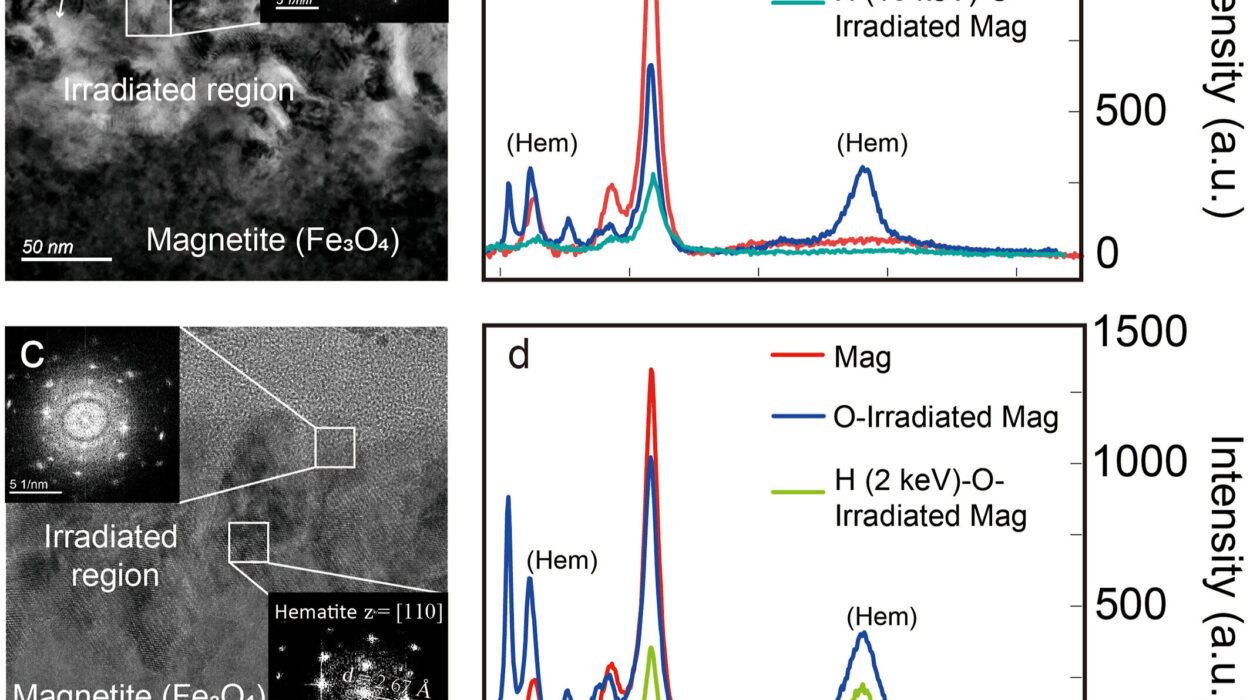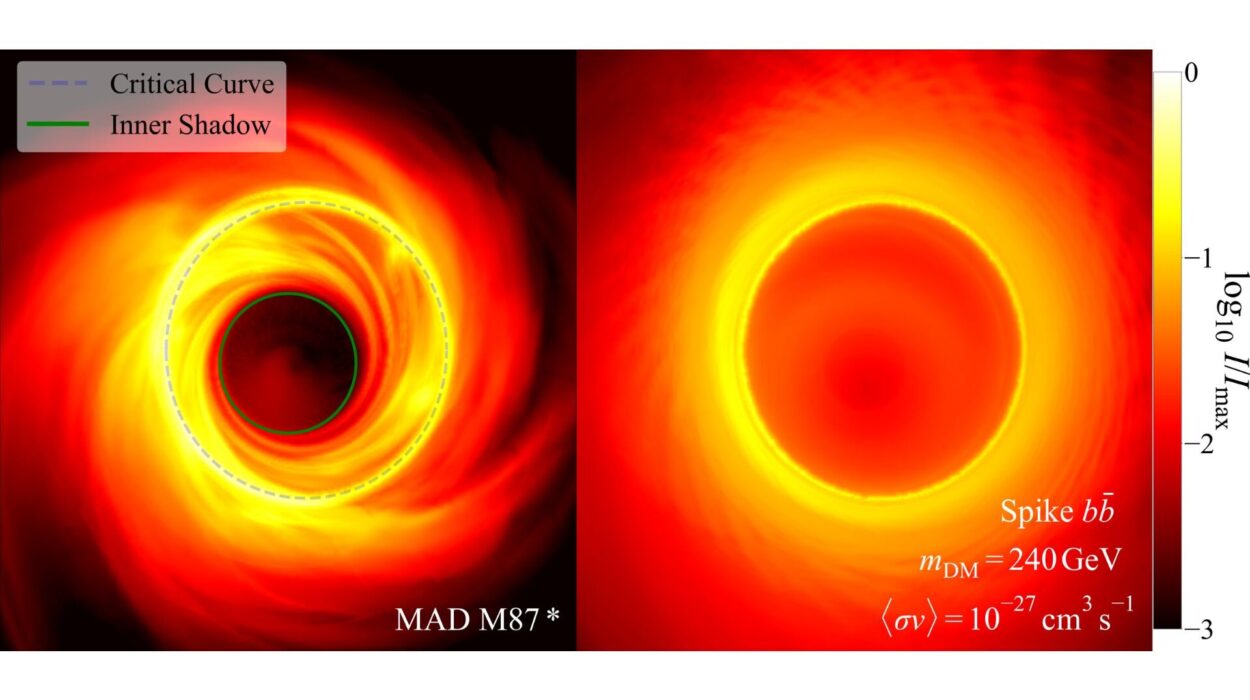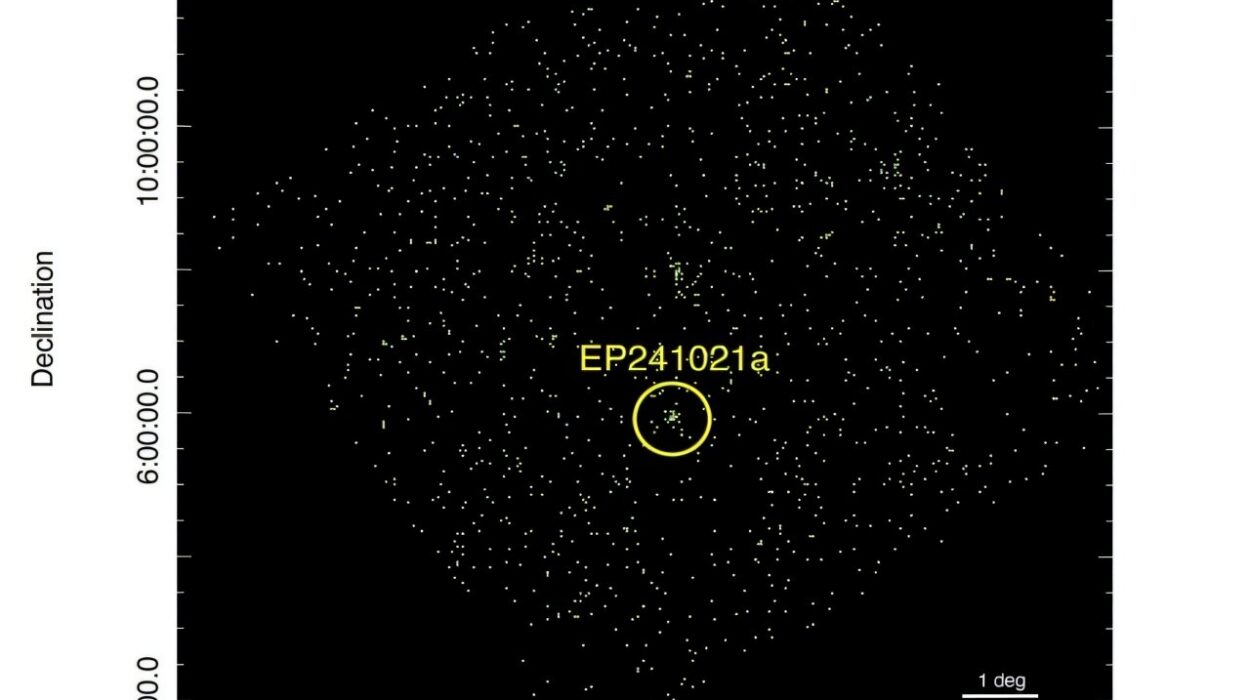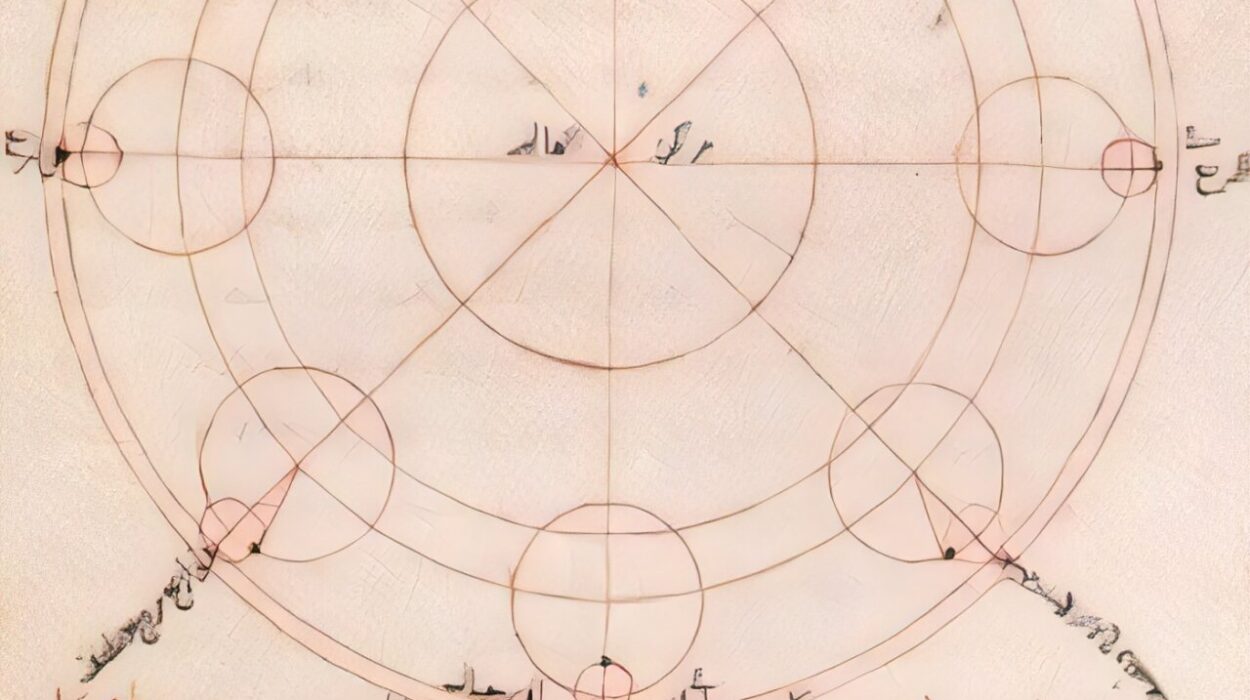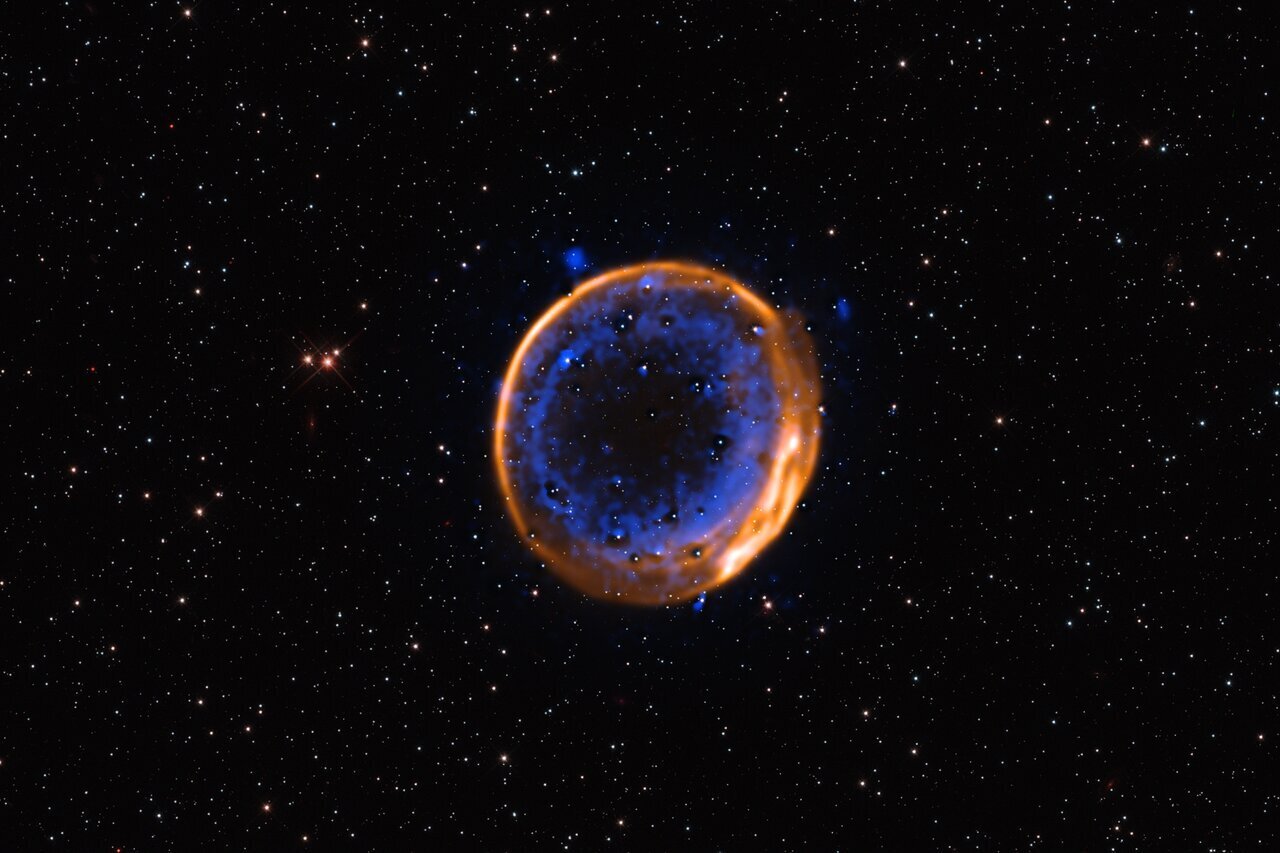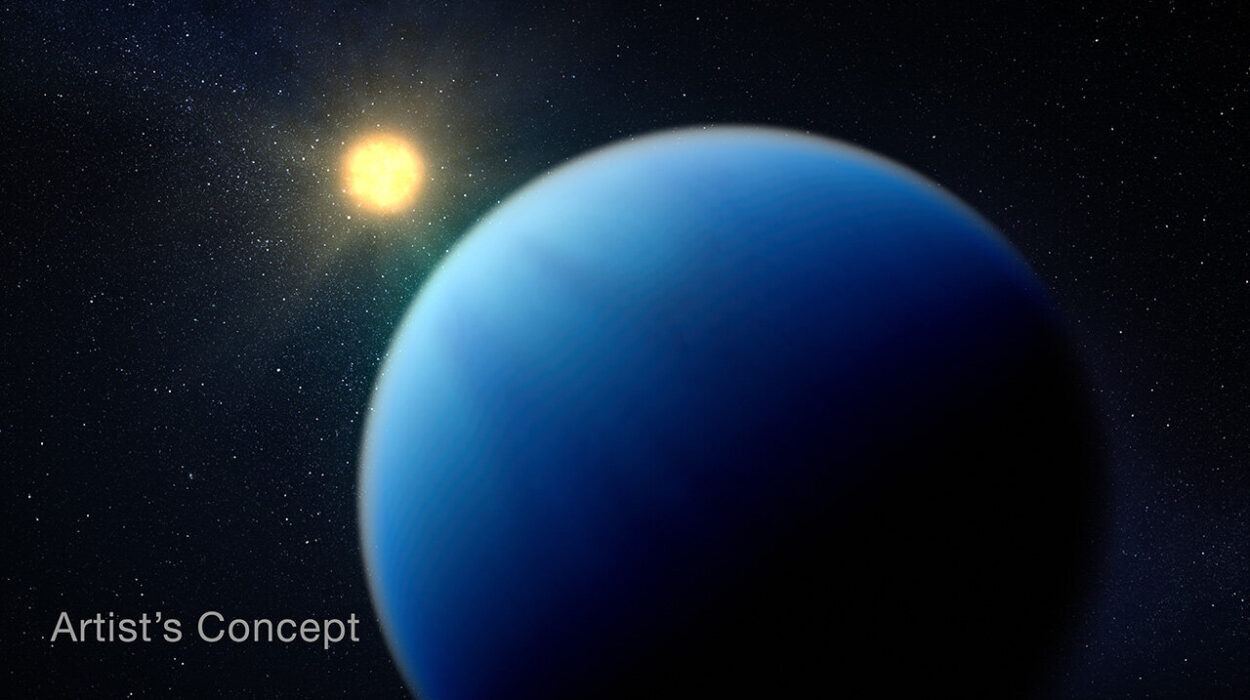Not far from the cosmic neighborhood of our own solar system, just 124 light-years away, a strange world has captivated astronomers and sparked lively scientific debate. The planet, known as K2-18 b, is unlike anything we’ve seen before—a sub-Neptune-sized body orbiting a dim red dwarf star, large enough to have a thick atmosphere but small enough to tease the possibility of a liquid ocean beneath.
Earlier this year, a group of Cambridge scientists analyzing data from NASA’s James Webb Space Telescope (JWST) reported something astonishing: tentative hints of dimethyl sulfide (DMS) and dimethyl disulfide (DMDS) in the planet’s atmosphere. On Earth, these molecules are exclusively produced by life. If confirmed, it would have been a monumental discovery—the first potential sign of alien biology beyond our planet.
But the cosmos rarely gives up its secrets so easily. Within weeks, other scientific teams challenged the claim, reanalyzing the same JWST data and failing to find evidence for these life-linked molecules. A spirited debate followed, echoing through academic papers, conferences, and headlines worldwide. Was this a glimpse of alien life, or just a misunderstanding written in starlight?
Turning the Telescope Back to the Sky
Rather than letting the mystery linger, several of the original scientists—and some of their critics—came together for a deeper investigation. Armed with four new JWST near-infrared observations, combined with earlier data from JWST and the Hubble Space Telescope, they built a more complete picture of K2-18 b than ever before.
The new findings, now posted to the arXiv preprint server, decisively settle part of the debate: there is no evidence for DMS or DMDS in K2-18 b’s atmosphere. Whatever molecules are swirling in its hydrogen-rich skies, they are not the chemical whispers of alien life—at least not in this data.
But while the dream of discovering extraterrestrial biology must wait another day, the results have opened a different, equally fascinating chapter in our understanding of this world.
A Water-Rich Planet Without Water Vapor
The analysis revealed something unexpected: K2-18 b is undeniably rich in water—yet no water vapor was detected in its atmosphere. Instead, scientists found strong signatures of methane (CH₄) and carbon dioxide (CO₂), both at levels that hint at a planet shaped by water deep beneath its visible clouds.
“The simultaneous presence of methane and carbon dioxide can only be explained by one of two scenarios,” the researchers explained. “Either K2-18 b has a massive atmosphere about 100 times richer in heavy elements than our Sun and is 10–25% water by volume, or it has a much thinner atmosphere resting atop a liquid-water ocean.”
Even without a whiff of water vapor in its sky, the planet’s interior seems soaked. This paradox suggests that any water may be locked away beneath layers of gas, trapped in a frigid ocean, or frozen into an icy core. Another possibility is that water vapor condenses and “rains out” before reaching the altitudes detectable by JWST—a process known as a cold trap.
A Planet Without Ammonia or Carbon Monoxide
The absence of ammonia (NH₃) and carbon monoxide (CO) also intrigued scientists. On many planets, ammonia naturally accumulates in the atmosphere. Its absence here could be a subtle clue that K2-18 b harbors a liquid ocean where ammonia dissolves instead of floating freely in the air. This alone is not proof of an ocean world, but it adds weight to the idea that beneath its clouds, K2-18 b hides vast reservoirs of water.
Carbon monoxide, another key chemical marker, was also missing. Understanding why requires more data, especially to refine the ratio of carbon dioxide to carbon monoxide—a measurement that can reveal much about a planet’s chemistry and history.
Why It Matters: The Quest for Ocean Worlds
Finding water-rich planets is one of the holy grails of astronomy. On Earth, water is the cradle of life; it shapes our climate, sculpts our landscapes, and nurtures every known organism. Discovering similar environments elsewhere doesn’t guarantee alien life, but it tells us where life might have a chance.
K2-18 b stands out because it occupies a category we barely understand: temperate sub-Neptunes. These are planets larger than Earth but smaller than Neptune, wrapped in thick atmospheres and orbiting relatively close to their stars. They are neither gas giants nor rocky Earth-like worlds. Whether such planets can host oceans—and whether those oceans can support life—is an open question.
“This cool, water-rich world is one of the most promising targets for studying how liquid-water environments might form on planets that aren’t like Earth,” the researchers wrote. “It motivates us to keep looking deeper.”
The Road Ahead: More Eyes on K2-18 b
Science is a dialogue with the universe, and every new observation is a step closer to understanding worlds far beyond our own. JWST will continue to study K2-18 b, alongside future missions designed to sniff out atmospheric molecules with even greater sensitivity. Astronomers hope that by layering data from different wavelengths and instruments, they can untangle whether the planet’s water is trapped as ice, floating as vapor, or sloshing as a hidden ocean beneath a veil of hydrogen.
For now, one mystery is solved: there is no sign of biology, no chemical fingerprints of alien plankton or sulfur-breathing microbes drifting through its skies. But another, perhaps deeper, mystery has emerged—a watery world without visible water, whispering secrets from across the stars.
As humanity’s telescopes stretch further into space, planets like K2-18 b remind us that alien worlds may not just challenge our hopes of finding life—they challenge our very understanding of what planets can be. Somewhere, perhaps just beyond our reach, life may still wait. And thanks to discoveries like this, we’re learning where to look.
Reference: Renyu Hu et al, A water-rich interior in the temperate sub-Neptune K2-18 b revealed by JWST, arXiv (2025). DOI: 10.48550/arxiv.2507.12622

